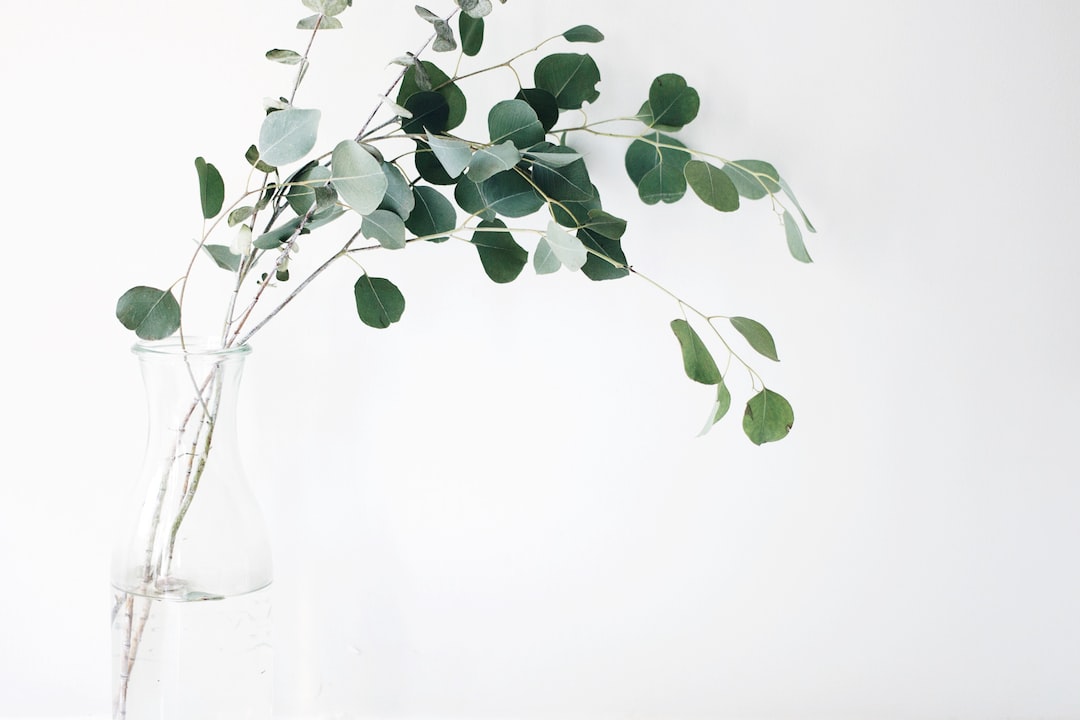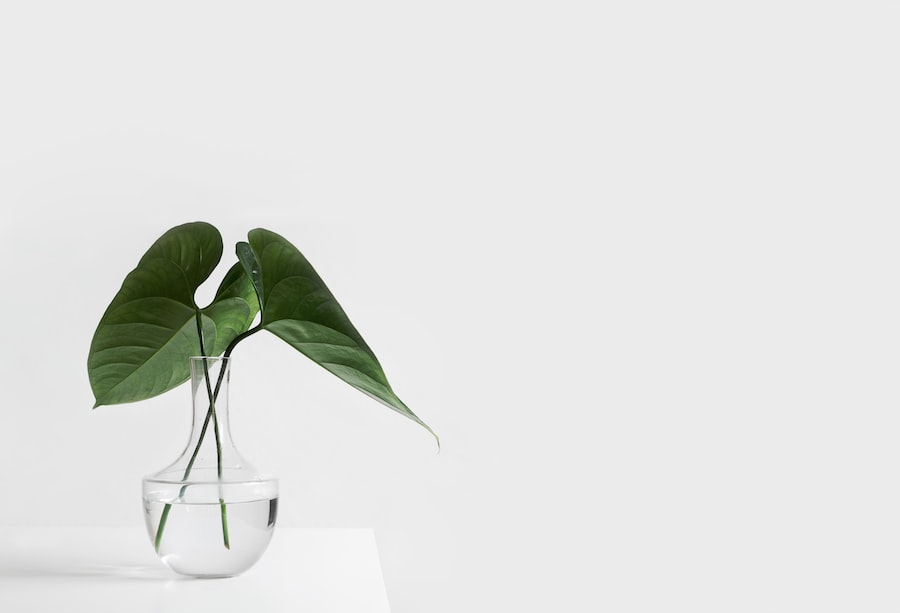Growing Peonies in Pots: Tips and Tricks for a Beautiful Blooming Display

Peonies are beloved for their stunning blooms and sweet fragrance, making them a popular choice for gardens and flower arrangements. However, not everyone has the space or suitable soil to grow peonies in the ground. That’s where growing peonies in pots comes in. This method allows you to enjoy the beauty of peonies even if you have limited space or poor soil conditions. In this article, we will explore the advantages of growing peonies in pots and provide a step-by-step guide on how to do it successfully.
One of the main advantages of growing peonies in pots is the flexibility it offers. With potted peonies, you can easily move them around your garden or patio to find the perfect spot for them to thrive. This is especially beneficial if you live in an area with extreme weather conditions or if you want to create different displays throughout the year. Additionally, growing peonies in pots allows you to control the soil quality and drainage, ensuring optimal growing conditions for these delicate plants.
Key Takeaways
- Peonies can be grown successfully in pots with proper care and attention.
- Choosing the right container and soil is crucial for the health and growth of peonies in pots.
- Planting peonies in pots requires careful attention to depth and spacing.
- Watering and fertilizing peonies in pots should be done regularly and with care.
- Protecting peonies in pots from pests and diseases is important for their survival and growth.
Choosing the Right Container for Peonies
When it comes to choosing a container for your peonies, there are a few factors to consider. First and foremost, make sure the container has adequate drainage holes to prevent waterlogged soil, which can lead to root rot. Additionally, choose a container made of a durable material such as terracotta or plastic that can withstand outdoor conditions and won’t crack or break easily.
The size of the container is also important. Peonies have deep root systems, so choose a container that is at least 12 inches deep to allow for proper root development. The width of the container should be large enough to accommodate the mature size of the peony plant, which can range from 2 to 4 feet depending on the variety.
Selecting the Best Soil for Peonies in Pots
The quality of the soil is crucial for the success of your potted peonies. Peonies prefer well-draining soil that is rich in organic matter. A good potting mix for peonies should be loose and friable, allowing for proper root growth and water drainage. You can create your own potting mix by combining equal parts of garden soil, compost, and perlite or vermiculite to improve drainage.
Before planting your peonies, it’s important to prepare the soil properly. Remove any weeds or debris from the container and fill it with the potting mix, leaving about an inch of space at the top. Gently firm the soil to remove any air pockets and create a level surface for planting.
Planting Peonies in Pots: Step-by-Step Guide
| Step | Description |
|---|---|
| 1 | Choose a pot that is at least 12 inches in diameter and has drainage holes. |
| 2 | Fill the pot with a well-draining potting mix. |
| 3 | Plant the peony root so that the eyes are facing up and the top of the root is about 2 inches below the soil surface. |
| 4 | Water the peony thoroughly after planting. |
| 5 | Place the pot in a location that receives at least 6 hours of sunlight per day. |
| 6 | Water the peony regularly, keeping the soil moist but not waterlogged. |
| 7 | Fertilize the peony with a balanced fertilizer in the spring and again in the fall. |
| 8 | Deadhead the spent blooms to encourage more flowers. |
| 9 | Protect the peony from frost by moving the pot to a sheltered location or covering it with a frost blanket. |
To plant your peonies in pots, follow these step-by-step instructions:
1. Prepare the container for planting by filling it with potting mix and creating a level surface.
2. Carefully remove the peony plant from its nursery container, being careful not to damage the roots.
3. Place the peony plant in the center of the container, making sure the crown (where the stems meet the roots) is level with or slightly above the soil surface.
4. Gently backfill the container with potting mix, ensuring that the roots are covered but not buried too deeply.
5. Firmly press down on the soil around the plant to eliminate any air pockets.
6. Water thoroughly after planting to settle the soil and provide moisture to the roots.
When planting multiple peonies in one container, make sure to space them at least 2 feet apart to allow for proper air circulation and prevent overcrowding.
Watering and Fertilizing Peonies in Pots
Proper watering and fertilization are essential for the health and growth of your potted peonies. Peonies prefer moist but not waterlogged soil, so it’s important to water them regularly, especially during dry periods. Check the moisture level of the soil by sticking your finger about an inch into the soil. If it feels dry, it’s time to water.
When watering peonies in pots, make sure to water deeply to encourage deep root growth. Avoid overhead watering, as this can lead to fungal diseases. Instead, water at the base of the plant, allowing the water to soak into the soil.
Fertilizing potted peonies is also important to provide them with the nutrients they need for healthy growth and abundant blooms. Use a balanced slow-release fertilizer or a liquid fertilizer diluted according to the package instructions. Apply the fertilizer in early spring when new growth appears and again in early summer after the first flush of blooms.
Pruning and Deadheading Peonies in Pots

Pruning and deadheading are important tasks for maintaining the health and appearance of your potted peonies. Pruning helps promote bushier growth and prevents the plant from becoming leggy or top-heavy. Deadheading, on the other hand, encourages the plant to produce more blooms and prevents energy from being wasted on seed production.
To prune your potted peonies, wait until early spring when new growth begins to emerge. Use clean, sharp pruning shears to remove any dead or damaged stems, as well as any weak or overcrowded growth. Cut the stems back to just above a healthy bud or set of leaves.
Deadheading peonies is a simple task that involves removing spent flowers as soon as they fade. This can be done by cutting the stem just above a healthy leaf or bud. Deadheading not only improves the appearance of the plant but also encourages it to produce more blooms throughout the season.
Protecting Peonies in Pots from Pests and Diseases
Like any other plant, peonies are susceptible to pests and diseases. Some common pests that can affect peonies include aphids, spider mites, and nematodes. Diseases such as botrytis blight, powdery mildew, and root rot can also pose a threat to your potted peonies.
To prevent pests and diseases, it’s important to practice good garden hygiene. Keep the area around your potted peonies clean and free of debris, as this can harbor pests and pathogens. Regularly inspect your plants for signs of infestation or disease, such as yellowing leaves, distorted growth, or powdery white spots.
If you do notice any pests or diseases on your peonies, there are several organic methods you can use to control them. For example, you can spray the plants with a mixture of water and insecticidal soap to kill aphids or spider mites. Neem oil is another effective organic pesticide that can be used to control a wide range of pests.
Overwintering Peonies in Pots
Peonies are hardy perennials that can withstand cold temperatures, but they still need some protection during the winter months, especially if you live in an area with harsh winters. To overwinter your potted peonies, follow these tips:
1. Move the containers to a sheltered location, such as a garage or shed, where they will be protected from freezing temperatures and strong winds.
2. Mulch around the base of the plants with a layer of straw or shredded leaves to insulate the roots and prevent frost heaving.
3. Water the plants sparingly during the winter months to prevent them from drying out completely.
4. Monitor the moisture level of the soil and water if necessary, but be careful not to overwater, as this can lead to root rot.
Transplanting Peonies in Pots
There may come a time when you need to transplant your potted peonies. This could be because they have outgrown their current container or because you want to rearrange your garden or patio. Transplanting peonies in pots is relatively easy, but it’s important to do it at the right time and follow a few guidelines.
The best time to transplant peonies in pots is in early spring or late fall when the plants are dormant. This allows them to establish their roots before the growing season begins. To transplant your peonies, follow these tips:
1. Choose a new container that is slightly larger than the current one to allow for root growth.
2. Prepare the new container by filling it with fresh potting mix and creating a level surface.
3. Carefully remove the peony plant from its current container, being careful not to damage the roots.
4. Place the peony plant in the center of the new container, making sure the crown is level with or slightly above the soil surface.
5. Backfill the container with potting mix, ensuring that the roots are covered but not buried too deeply.
6. Firmly press down on the soil around the plant to eliminate any air pockets.
7. Water thoroughly after transplanting to settle the soil and provide moisture to the roots.
Creating Stunning Displays with Peonies in Pots
One of the joys of growing peonies in pots is the ability to create stunning displays that can be enjoyed up close and personal. Here are some ideas for creating beautiful displays with peonies in pots:
– Create a focal point by placing a single large peony plant in a decorative container and surrounding it with smaller flowering plants or foliage plants.
– Mix different varieties of peonies in one container for a vibrant and colorful display. Choose varieties with different bloom times to ensure a continuous show of flowers throughout the season.
– Combine peonies with other plants that have contrasting foliage or flowers, such as ornamental grasses, salvias, or lavender. This will add interest and texture to your display.
– Use different sizes and shapes of containers to create a layered effect. Place taller containers at the back and shorter ones at the front to create depth and dimension.
When arranging peonies in pots, make sure to leave enough space between the plants to allow for proper air circulation and prevent overcrowding. This will help reduce the risk of disease and ensure that each plant has enough room to grow and thrive.
Conclusion:
Growing peonies in pots is a great way to enjoy these beautiful flowers even if you have limited space or poor soil conditions. By choosing the right container, preparing the soil properly, and providing proper care and maintenance, you can successfully grow peonies in pots and create stunning displays that will be the envy of your neighbors. So why not give it a try? With a little bit of effort and some patience, you can enjoy the beauty and fragrance of peonies right in your own backyard.



